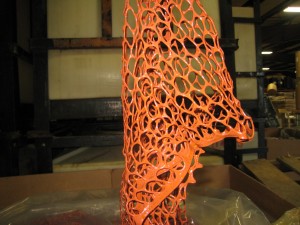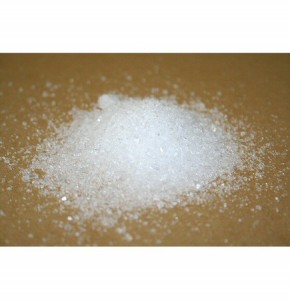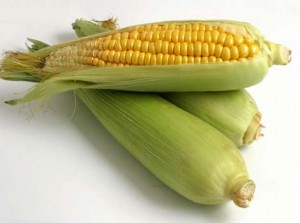LD Davis has been manufacturing animal glue, also known as hide glue or protein glue for over nine decades in the United States.
Animal glue comes in cake form and is melted prior to use at different temperatures depending on the application. This glue is considered to be an eco-adhesive because it is totally non-toxic and biodegradable. This is possible because of the raw materials used to manufacture this glue.
Animal glue raw materials are as follows:
Gelatin:
- Prior to 1970, mostly extracted from the bones and hides of pigs and cattle.
- Since 1970, majority comes from pharmaceutical scrap gelatin
- Soft gel netting and hard capsule gelatin are both used in glue manufacturing
- Soft capsule gelatin is sorted by color before use in animal glue manufacture.
- Further helps the environment by recycling pharmaceutical scrap that would otherwise be thrown in landfills.

Water:
- Animal glue is technically a water-based adhesive
- LD Davis only manufactures water-based adhesives in-house, whether they are animal glue or liquid glue.

Epsom Salts:
- Also known as magnesium sulfate- made up of magnesium, sulfur, and oxygen.
- Epsom salts are also used in agriculture, medical applications, bath salts, and even in some food processing.
- Epsom salts are used in animal glue manufacture to add tackiness to the formula.

Corn Sugars:
- Used in animal glue production for additional open time and wet tack.
- Derived from corn starch
- All natural sugar used in animal glue production
- Increases eco-friendliness because it is a renewable resource

Glycerin:
- Used in animal glue production to add flexibility and non-warp properties.
- Colorless and odorless
- Used in pharmaceutical applications, is usually an ingredient found in soaps.
- Can be used as a food preservative and is often found in products like butter and margarine.







